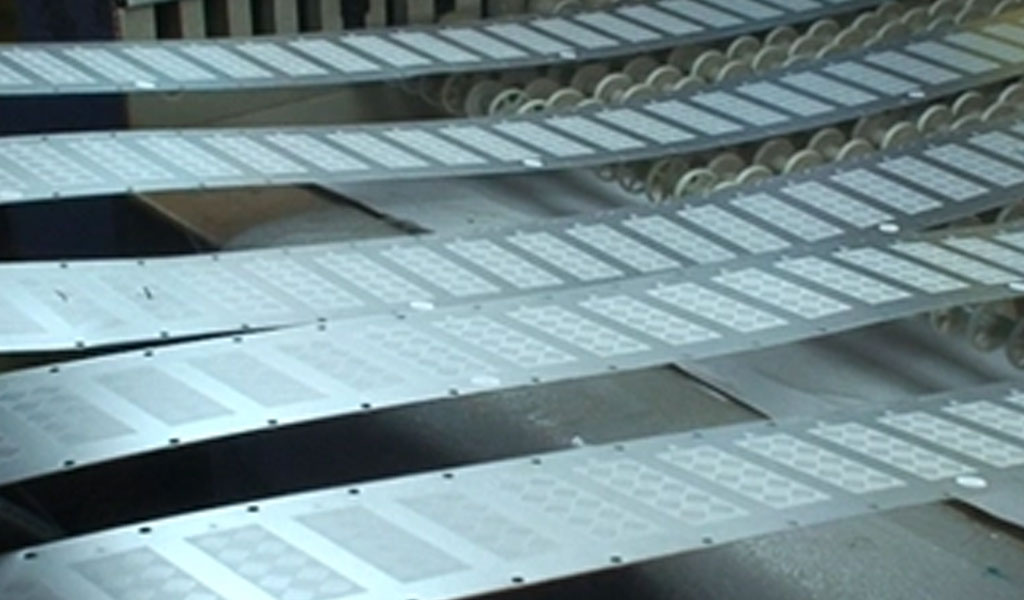As long as there are human activities, it will cause varying degrees of pollution to the environment. Environmental pollution caused by human activities is divided into industrial pollution, traffic pollution, agricultural pollution, and daily pollution according to the causes of occurrence.
Among these types of pollution, the one that contributes the most to environmental pollution and is also difficult to eradicate is industrial pollution. From the perspective of environmental protection and survival needs, it is very important for every processing enterprise to put avoiding pollution and protecting the environment first when designing processes.
Etching machining involves the use of chemicals, which is a top priority. From the perspective of process design, the contribution to environmental protection must be considered from the following aspects.
- The impact of the composition of the solution on the environment. The composition of a solution includes the concentration of the solution and the components of the solution. From the perspective of controlling the source and reducing the amount, reducing the concentration of the solution is a good way. The decrease in solution concentration not only reduces the preparation cost, but also reduces the amount of carry-out. The contribution to environmental protection is mainly to reduce the amount of carry-out as the solution concentration decreases. However, the decrease in solution concentration must be consistent with the actual production process, because too low a concentration will affect normal use or extend the processing time too much. The production efficiency decreases, the solution concentration is too low, the solution changes rapidly during use, and the frequency of adjustments increases, which brings great inconvenience to production. At the same time, frequent analysis also increases the amount of sewage generated (because the solution is adjusted before adjustment). Analyze and then make adjustments based on the analysis data.
- The ease and cost of processing these chemical components. Although environmental protection is an important task, the purpose of the enterprise is to obtain benefits. If the cost of processing the chemical components in a formula is too high, it is obviously not suitable for use regardless of its effect.
- Control during the etching production process. The control during the production process is mainly reflected in the recovery of solution, rather than direct discharge. The specific method is to add a recovery tank near the working tank, and then perform subsequent processing such as water washing.
- Treatment of cleaning water and waste liquid. The necessary water treatment equipment in photo etching processing should not harm the environment due to its own interests. If there are new processes added, there should be complete treatment methods for the waste liquid generated by the chemicals used in the new processes. If the existing sewage treatment equipment cannot treat it, corresponding new treatment equipment must be added to ensure that the wastewater discharged from the etching production line meets the discharge standards.

